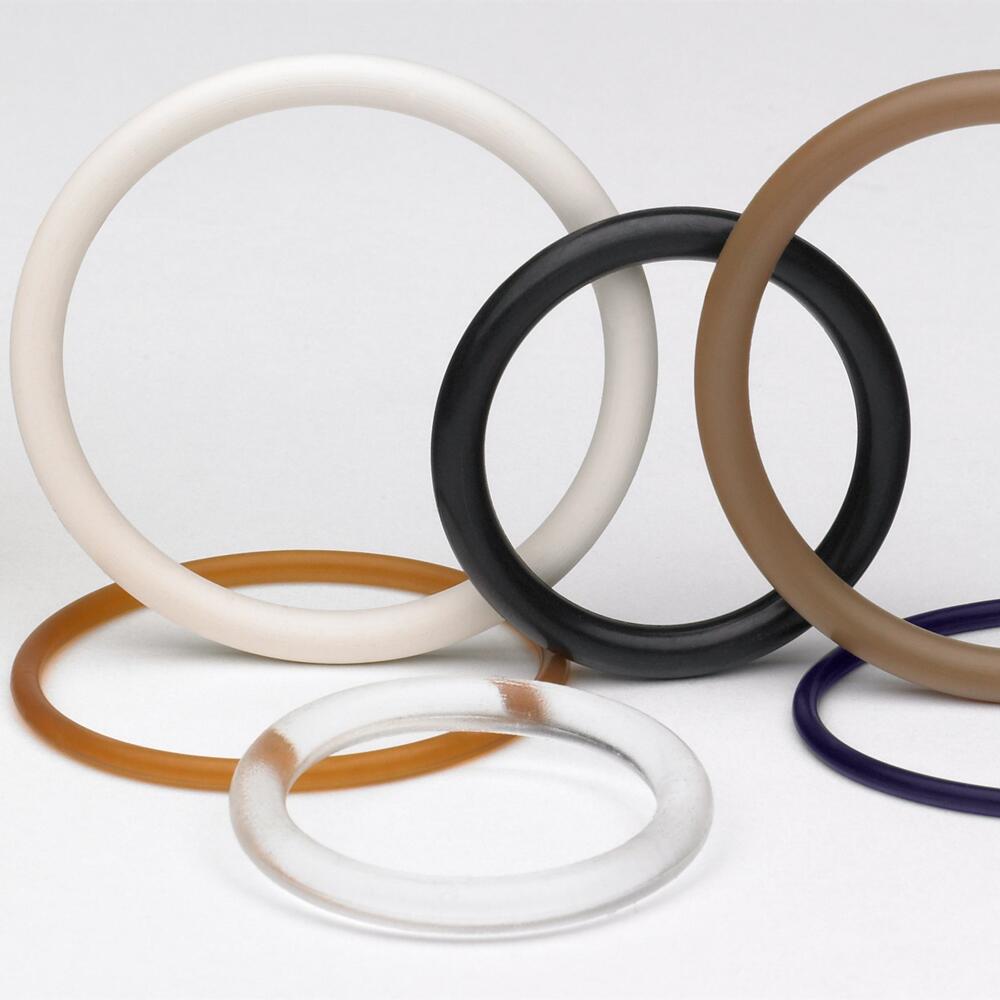Introduction: ETP sealing rings are highly efficient sealing materials widely used in various industries such as mechanical engineering, automotive engineering, and aerospace. This article aims to introduce the characteristics, advantages, and applications of ETP sealing rings in different fields, providing readers with a better understanding and selection of suitable sealing solutions for their needs.
Part 1: Characteristics of ETP Sealing Rings
- Introduce the material composition and properties of ETP sealing rings.
- Emphasize their excellent wear resistance, oil resistance, and high-temperature resistance.
- Explain the outstanding performance of ETP sealing rings under harsh operating conditions.
Part 2: Advantages and Benefits
- Highlight the advantages of ETP sealing rings compared to other sealing materials.
- Discuss their long-term sealing performance and reliability.
- Emphasize the benefits of ETP sealing rings in preventing leaks, reducing friction, and extending equipment lifespan.
Part 3: Applications
- Explore the wide-ranging applications of ETP sealing rings in various industries.
- Analyze their significance in mechanical engineering, automotive engineering, aerospace, and other fields.
- Highlight the crucial role of ETP sealing rings in various equipment and systems.
Part 4: Selection and Customization
- Provide guidance and considerations for selecting ETP sealing rings.
- Emphasize the importance of customized design based on specific application requirements.
- Guide readers on how to choose the right size, hardness, and shape to meet their specific needs.
Conclusion: ETP sealing rings serve as efficient sealing materials playing a vital role in diverse industries. Their outstanding performance and reliability make them an ideal choice for preventing leaks and safeguarding equipment integrity. By selecting the appropriate size and opting for customized designs, ETP sealing rings can meet various requirements and provide customers with exceptional sealing solutions.

